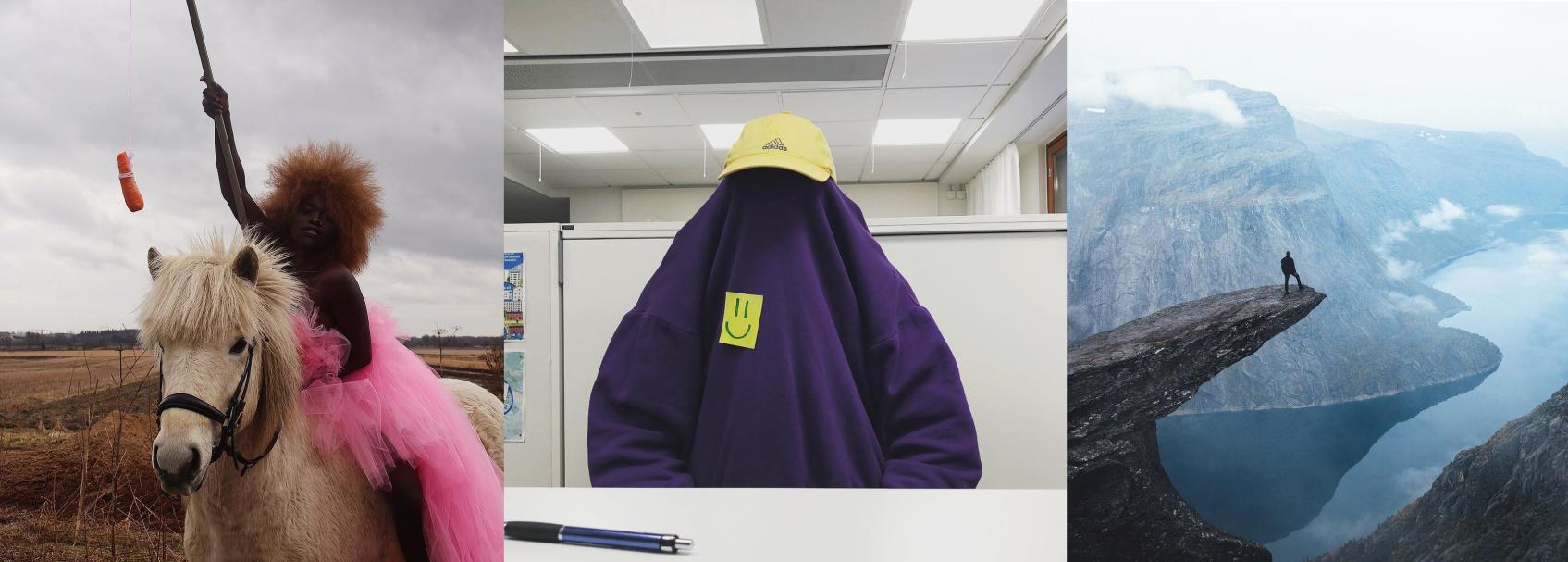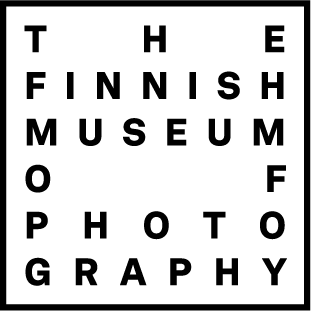
The Finnish Museum of Photography participates in a joint Nordic project which explores the visual cultures of social media and the best ways to preserve them in museum collections or image archives. The other participating institutions are the Aalborg City Archives, the Nordic Museum and Stockholm County Museum.
Collecting Social Photo is an internationally groundbreaking project because of its focus on the actual collection and recording of digital material from social media. The main goal is to develop new work practices for collecting and disseminating the ephemeral everyday pictures in heritage institutions. These work practices will ideally help museums and archives to improve their collections in the future as more and more photographs will be collected from the internet and social media. The project will be executed in 2017-2020.
The project team consists of representatives from each contributing institution. In addition to the project team there’s a reference group, and cooperation with the Department of Social Anthropology, Stockholm University. The project is funded by Riksbankens Jubileumsfond and the Nordiska kulturfonden.
In a social digital world, the role of photography has changed dramatically, something that is highly affecting how museums and archives work with photograph collections. From being static and clearly delimited, regarded as scientific evidence, memories or art, the photograph has become social and often part of a dialogue, an ongoing online conversation. Photographs are no longer created only to preserve memories but to communicate what is now/in the present, and therefore they also become easily disposable.
If we are lacking the tools and skills to preserve these photos, we are facing the danger of losing something that is of immense historical value. How should museums and archives relate to the new role of photography, to the disposable mix of words and images and the large amount of data, the conversations, they are a part of?
Museum and archival collections are no longer controllable, clearly defined physical units. They are boundless and interact with people and other objects. What does this mean for the future care of photographic collections? Traditionally the museum professionals have been the ones who decide what museums should be collecting. In today’s world museums are truly willing and also experienced in cooperating with different kinds of communities, but for short projects and over short periods of time only.
However, it is not a common practice to invite the audience to participate in the decision-making: in other words, in deciding what the museums should be collecting. This project will change that. The collecting of photographs will be designed and executed with the users of social media who actually can be called experts in their field; in social media.
The advantage of working in a Nordic setting will enable valuable comparison of user relations, culture of sharing, trust in the institutions and existing methods of collecting and caring for digitally born photographs.
During 2017 the Finnish Museum of Photography will launch two pilot projects that will serve as case studies for our research. Prehistory of Visual Social Media focuses on IRC-Galleria, the so-called first social media in Finland, and Social Media Diaries documents and collects, for two days, the visual content of two active users of social media. You can read more about the case studies below.
Case study: Prehistory of Visual Social Media
IRC-Galleria is the first popular channel of social media in Finland, and still is a fundamental part of the collective memory of today’s young adults. In memorizing IRC-Galleria, we often talk about the way people were dressed and how they expressed themselves in early 2000’s, and about the aesthetics that people conveyed in their photographs – direct flash, mirror selfies, an amateurish touch and a certain kind of levity. With half a million users the website had its peak in 2008, which made it the biggest website in the Nordic countries back then. IRC-Galleria is still visited by around 140 000 monthly visitors.
In June 2017 the Finnish Museum of Photography arranged an open event called the IRC-Galleria night, where the audience could share their memories and thoughts about IRC-Galleria with two forespeakers. They were Jari “Jaffa” Jaanto, one of the founders of IRC-Galleria, and Lassi Varinen, a young Finnish man – “an internet archaeologist” as he jokingly calls himself – who posts the “best of IRC-Galleria” on his Tumblr and Instagram accounts. There’s also an open survey for people to donate their IRC-Galleria photographs in the museum collections. These photographs will eventually make an exhibition at the museum, with interviews and other memories that describe the prehistory of the Finnish social media.
Case study: Social Media Diaries
Social Media Diaries is executed with two active users of social media: the museum will archive all the photographs that they share on any social medium for two days. These two participants will also give some notes on what they have shared and why. Collecting photographs from all channels of social media allows us to get a better picture on the variety of social media photographs. As we proceed to analyze the photographs, a method called photo elicitation will be used.
In this case study we are, for instance, analyzing why certain kinds of photographs are shared in a given social medium. The shared photographs will be analyzed in great depth: how are they used and what do they mean? The museum will not only collect photographs but also screenshots that show the likes, shares and comments of each photograph.
